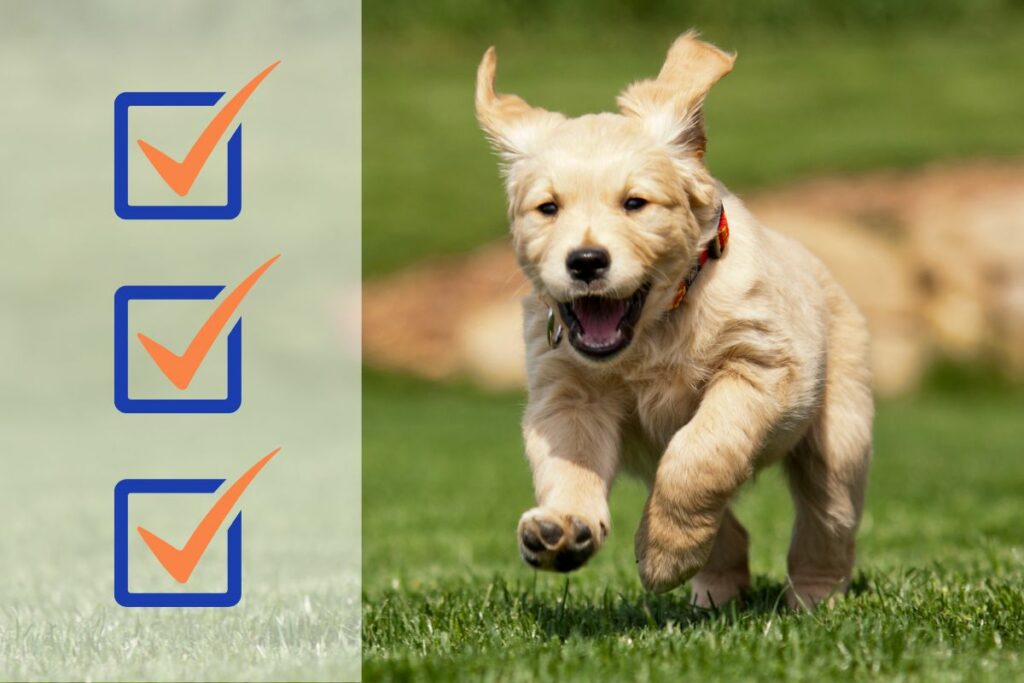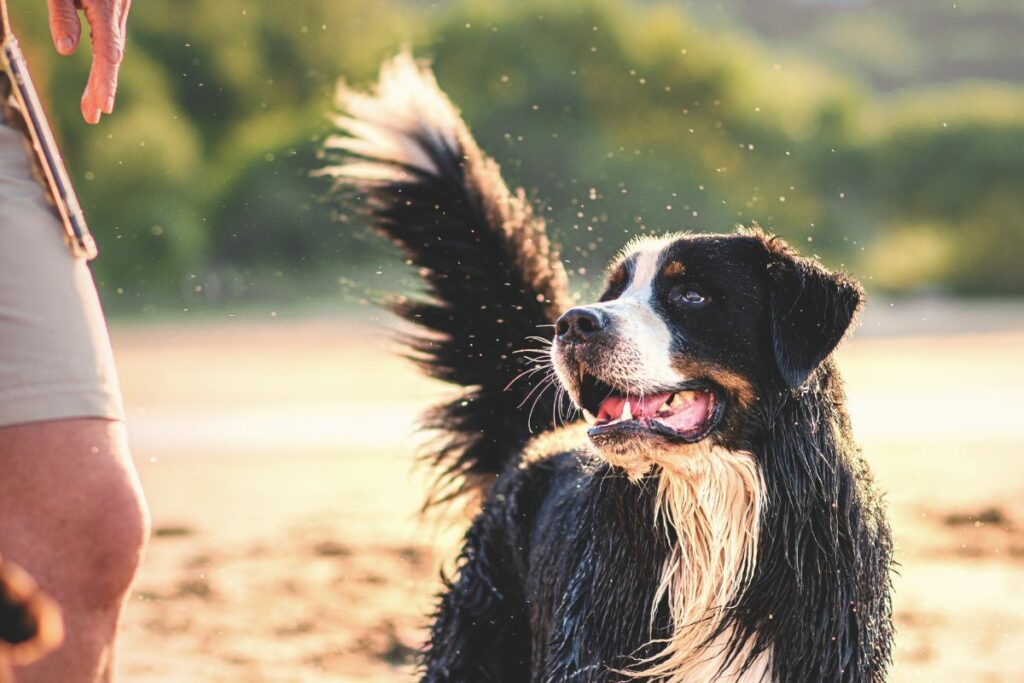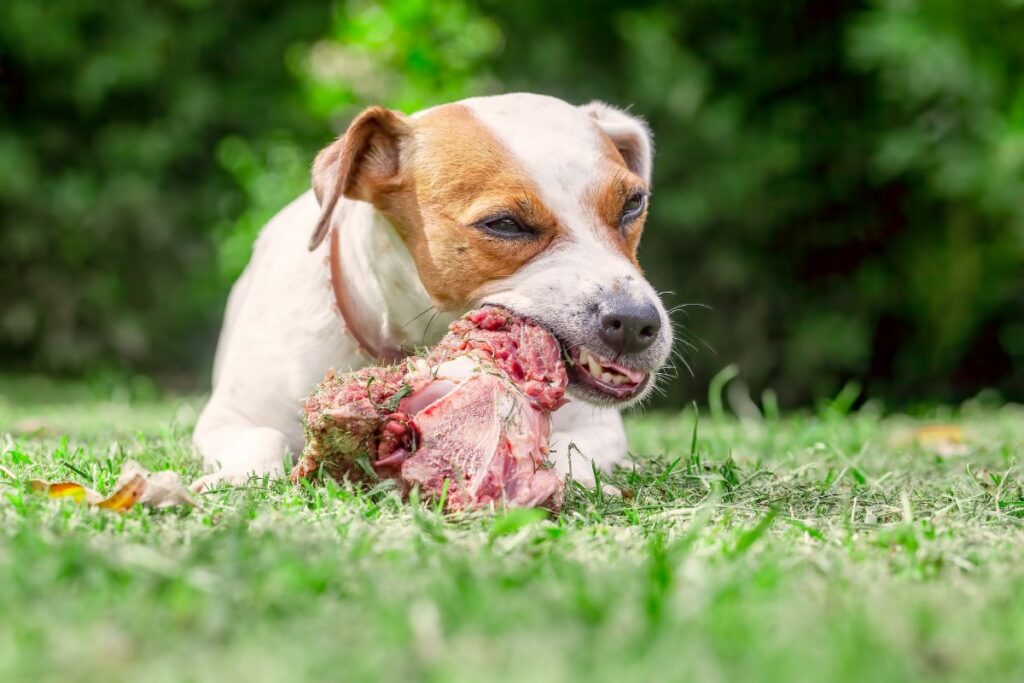Uncover the secrets to a well-behaved, happy puppy with our ultimate puppy socialization checklist, and set the stage for a lifetime of joy! Learn from my 15+ years of working in pet care and educating pet professionals.
Socialization is a crucial part of raising a happy, confident, and well-adjusted puppy. It's not just about having a pet that's good with other dogs and people; it's about nurturing a well-rounded canine citizen. In this comprehensive guide, we'll explore the ins and outs of puppy socialization, covering everything from the critical socialization window to creating a personalized socialization plan for your furry friend.
Take it from me when I say that most people underestimate the value of early socialization and even more are doing it wrong. This guide will unlock the secrets to an effective socialization plan.
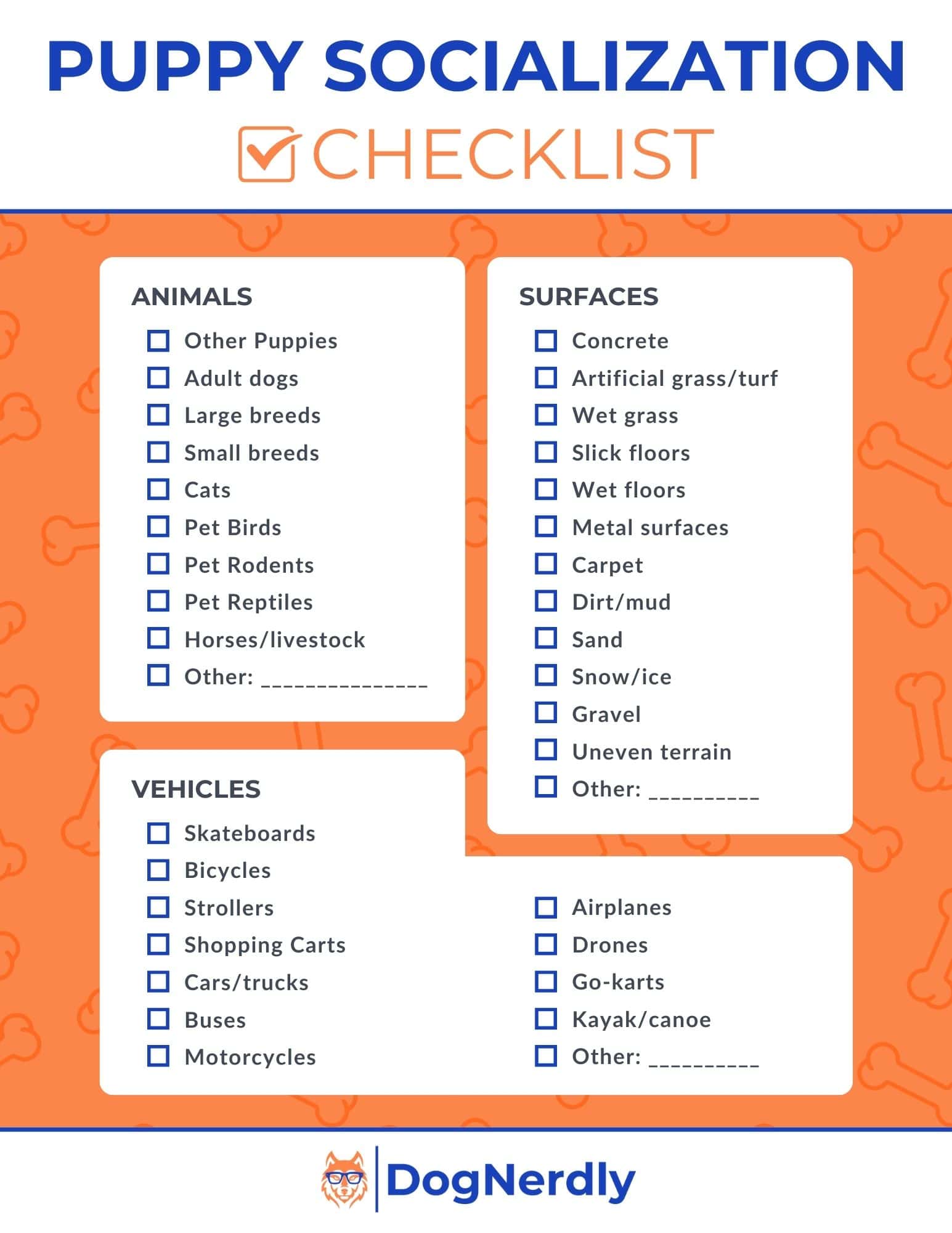
Get Your Free Copy!
Build a lifetime of confidence in your puppy with our comprehensive Puppy Socialization Checklist. This 5 page guide includes tips and tricks to maximize your efforts and 100+ items to introduce to your dog.
By submitting, you permit DogNerdly to send you promotional materials via email.
Understanding the Socialization Window
The puppy socialization window is a golden period in your pup's life, typically ending around 12-14 weeks of age. During this time, puppies are exceptionally receptive to new experiences, which shape their perception of the world. Missing this window can lead to behavioral issues later in life, including fear and aggression. The American Kennel Club emphasizes the importance of this period for healthy psychological development.
Essential Elements of Puppy Socialization
- Exposure to Different People: Introduce your puppy to a diverse range of people—men, women, children, elderly, people wearing hats, uniforms, etc. Always ensure these interactions are positive and controlled.
- Exposure to Other Animals: Start with calm, vaccinated dogs and gradually introduce other species. Remember, safety first!
- Introduction to Different Environments: Take your puppy to various places—busy streets, parks, quiet areas, and expose them to different floor textures, elevators, and stairs.
Positive Experiences with Everyday Situations
- Handling Everyday Noises: Familiarize your puppy with common sounds like vacuum cleaners, washing machines, traffic, and thunderstorms. Start with lower volumes and gradually increase.
- Comfort with Handling and Grooming: Regularly touch your puppy’s paws, ears, and mouth, and practice gentle brushing. This will make future grooming and vet visits much easier.
- Positive Association with Vet Visits: Make early vet visits fun with treats and positive reinforcement.
Supplement with Basic Training
- Basic Skills Training: Skills like 'sit', 'stay', and 'come' are not just about obedience; they're essential for social interaction. Training sessions are also great for bonding and building confidence.
- Leash Training and Outdoor Socialization: Teaching your puppy to walk nicely on a leash is crucial for enjoyable walks. Outdoor socialization exposes them to different sights, smells, and sounds, enriching their sensory experiences.
Safety and Health Considerations
- Vaccination and Health Safety: Consult your vet about balancing socialization with health risks. Avoid areas with unvaccinated dogs until your puppy’s shots are complete.
- Reading Puppy’s Body Language: Learn to recognize signs of stress or fear—like tucking the tail or flattening the ears—during socialization.
Creating a Socialization Plan
With infinite possibilities for socialization, it can get overwhelming. It is best to create a socialization plan and keep track of your puppy’s progress. Follow the steps below to make sure your plan stays on track, and you get the most out of your socialization window.
- Create a daily checklist of manageable goals. Using the downloadable Puppy Socialization Checklist below, select 3-5 items or environments you want to expose your dog to each day.
- Keep track of your dog’s emotional state and if the experience is positive. If you feel the exposure was successful, you can check the item off your list and move on to other items.
- If your dog is struggling with an object/sound/environment, it is important to take it slow. Take a step back (literally) and create enough distance for your pup to relax. This will become your starting point next time. Keep working on these items, progressing slowly and gradually increasing the exposure until your dog can be within a reasonable distance and comfortable.
A well-socialized puppy grows into a confident and happy adult dog. Remember, socialization is an ongoing process that doesn’t end after the puppy phase. Keep exposing your dog to new experiences throughout their life. As they are exposed to more experiences, their optimism will increase, and future experiences will be easier.

Get Your Free Copy!
Build a lifetime of confidence in your puppy with our comprehensive Puppy Socialization Checklist. This 5 page guide includes tips and tricks to maximize your efforts and 100+ items to introduce to your dog.
By submitting, you permit DogNerdly to send you promotional materials via email.
Frequently Asked Questions
Begin as soon as your puppy comes home, typically around 8 weeks of age, but don’t feel like you have to expose them to everything at once. Take it slow and keep the interactions positive.
Yes, though it may take more time and patience. Always start slowly and build up. Remember, adult dogs may already have conditioned responses.
Consult your vet, but generally, it's safe to socialize in controlled, clean environments with vaccinated dogs. Similar to health risks, there are behavioral risks that can occur if not properly socialized within the window of 8-12 weeks. You must balance safety and socialization goals for best results.
Take a step back and reduce the intensity of the experience. Offer treats and comfort, and try again later with less intensity and slowly work your way up.
Look for signs like excessive yawning, lip licking, or hiding. If overwhelmed, give your puppy a break and try again later.
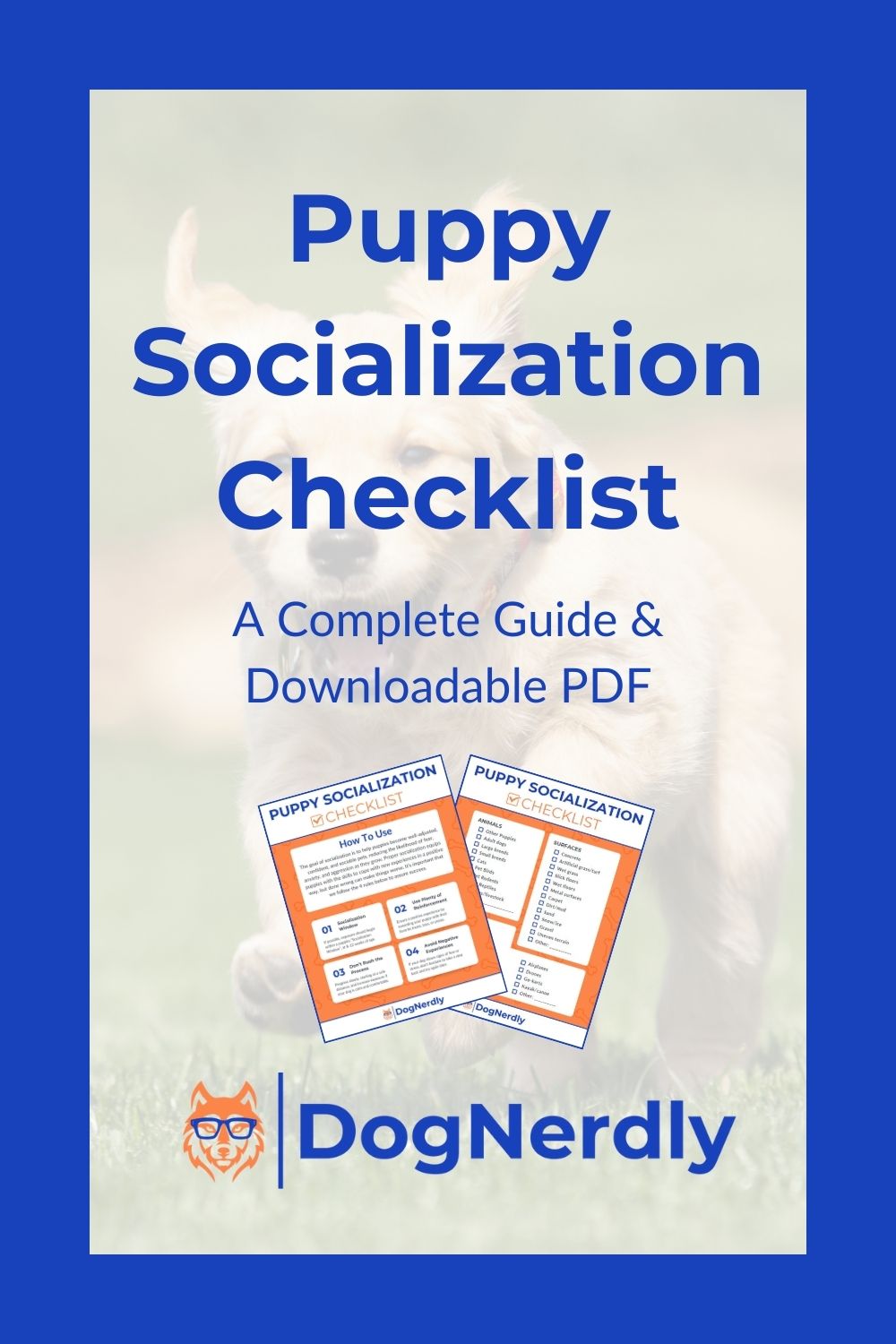
Joseph Schifano is the President of The Academy of Pet Careers and Founder of DogNerdly.
With over 20 years of professional pet experience, Joseph got his start as an owner/operator of a 7-figure, all-inclusive pet care business. From there, he purchased The Academy of Pet Careers with a hopes of improving the quality of care provided by industry professionals. This role allowed Joseph to rub shoulders with some of the biggest names in the industry, and gain knowledge in every aspect of pet care.
After witnessing the popularity of social media influencers and the amount of misinformation being taught to pet parents, Joseph decided to create DogNerdly. The goal was to provide science-backed education for the average dog nerd in order to create a world where dogs and humans can live a more harmonious and empowered lifestyle.
